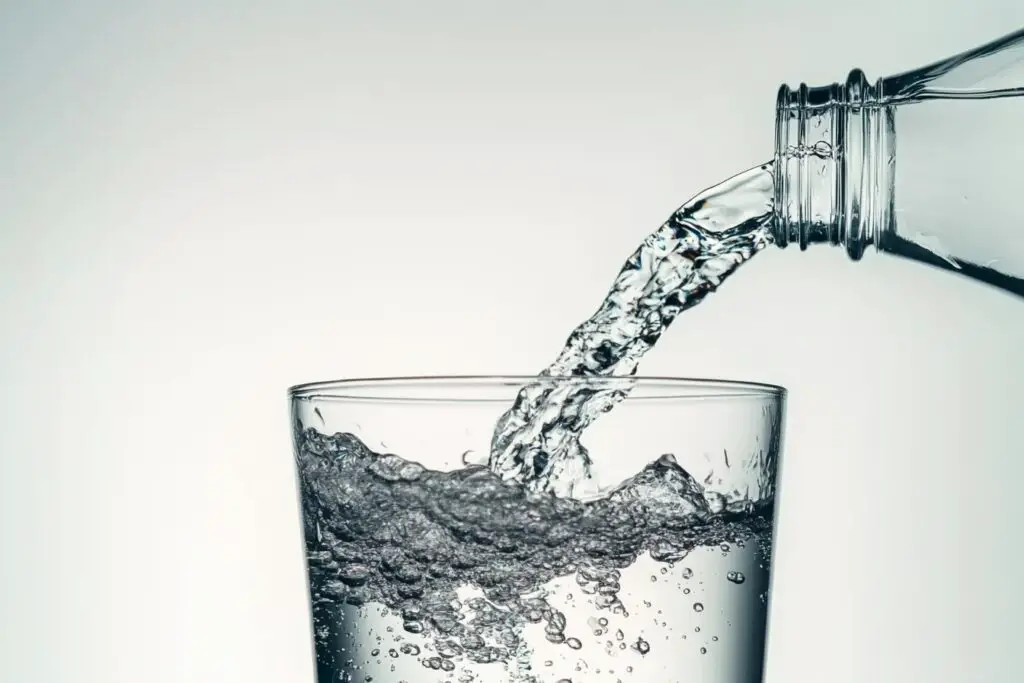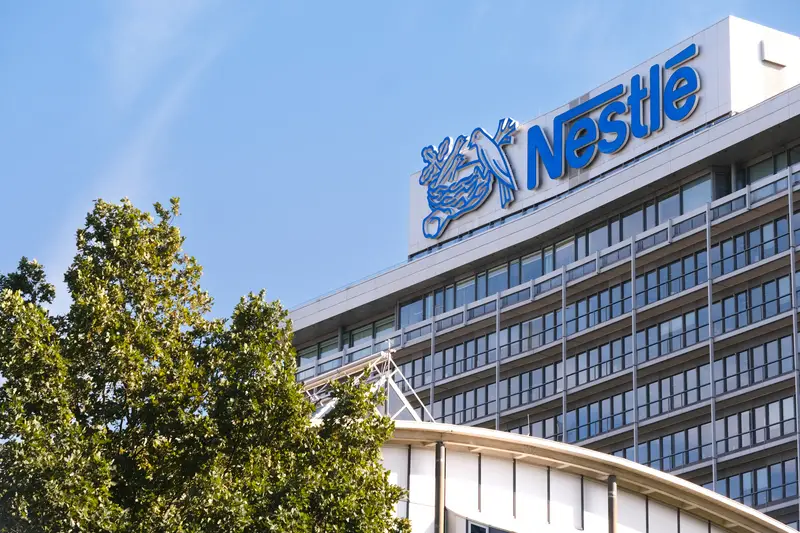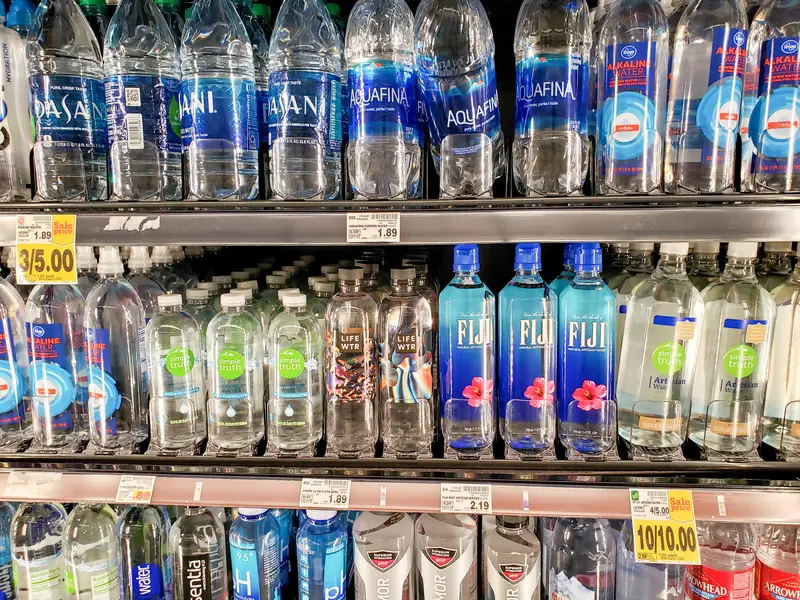The next time you reach for that premium-priced bottle of water, consider this startling fact: 64% of bottled water sold in America comes straight from municipal tap water sources. What’s more surprising? Many consumers are paying up to 2,000 times more for this water than they would for the same water from their kitchen faucet.
Popular brands that use municipal water sources

Several major bottled water brands source their water from municipal supplies. Dasani, Lifewtr, Nestle Pure Life, and Kirkland are among the industry leaders using treated tap water as their primary source.
While these companies often employ additional filtration processes, such as reverse osmosis and carbon filtration, the base product remains the same water that flows through city pipes. Sam’s Choice and Giant Food’s Acadia have notably high levels of various contaminants, sometimes exceeding California’s bottled water quality standards.
The truth about water quality testing
An interesting paradox exists in water regulation. Municipal tap water faces stricter oversight from the Environmental Protection Agency than bottled water does from the FDA. The Environmental Working Group’s study found that each tested brand contained an average of eight different contaminants, including caffeine, acetaminophen, and fertilizers.
If municipal water suddenly contained similar levels of these contaminants, it would likely trigger immediate action from local authorities. Yet, bottled water companies continue to operate under less stringent requirements.
What exactly are you paying for

When consumers purchase bottled water, they’re often paying for the bottling process, transportation, marketing, and packaging rather than superior water quality. Some brands do implement additional purification processes like reverse osmosis and ozonation, but these treatments don’t necessarily result in water that’s significantly different from well-maintained municipal supplies.
What would happen if bottled water companies were required to list “municipal water supply” prominently on their labels? Many consumers might think twice about their purchases.
Transparency in the bottled water industry

Only three brands earned top marks for transparency in recent years: Gerber Pure Purified Water, Nestle Pure Life Purified Water, and Penta Ultra-Purified Water. These companies provide clear information about their water sources, purification methods, and quality testing results.
Most brands, however, remain tight-lipped about their water sources and treatment processes. This lack of transparency makes it difficult for consumers to make informed decisions about their water purchases.
When it comes to bottled water, the premium price tag often reflects marketing and packaging rather than superior quality. Municipal water undergoes rigorous testing and must meet strict EPA standards. Before reaching for that next bottle of water, consider that you might be paying a significant markup for the same water that’s flowing from your tap. The choice between tap and bottled water becomes clearer when armed with these facts.

